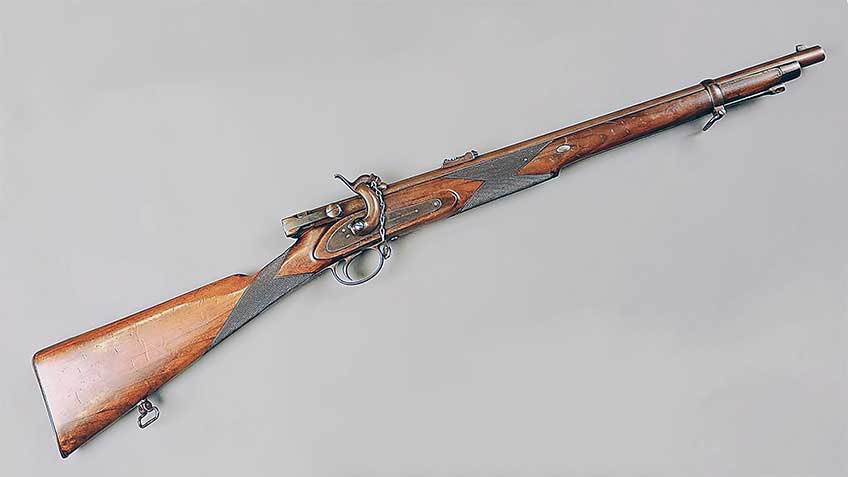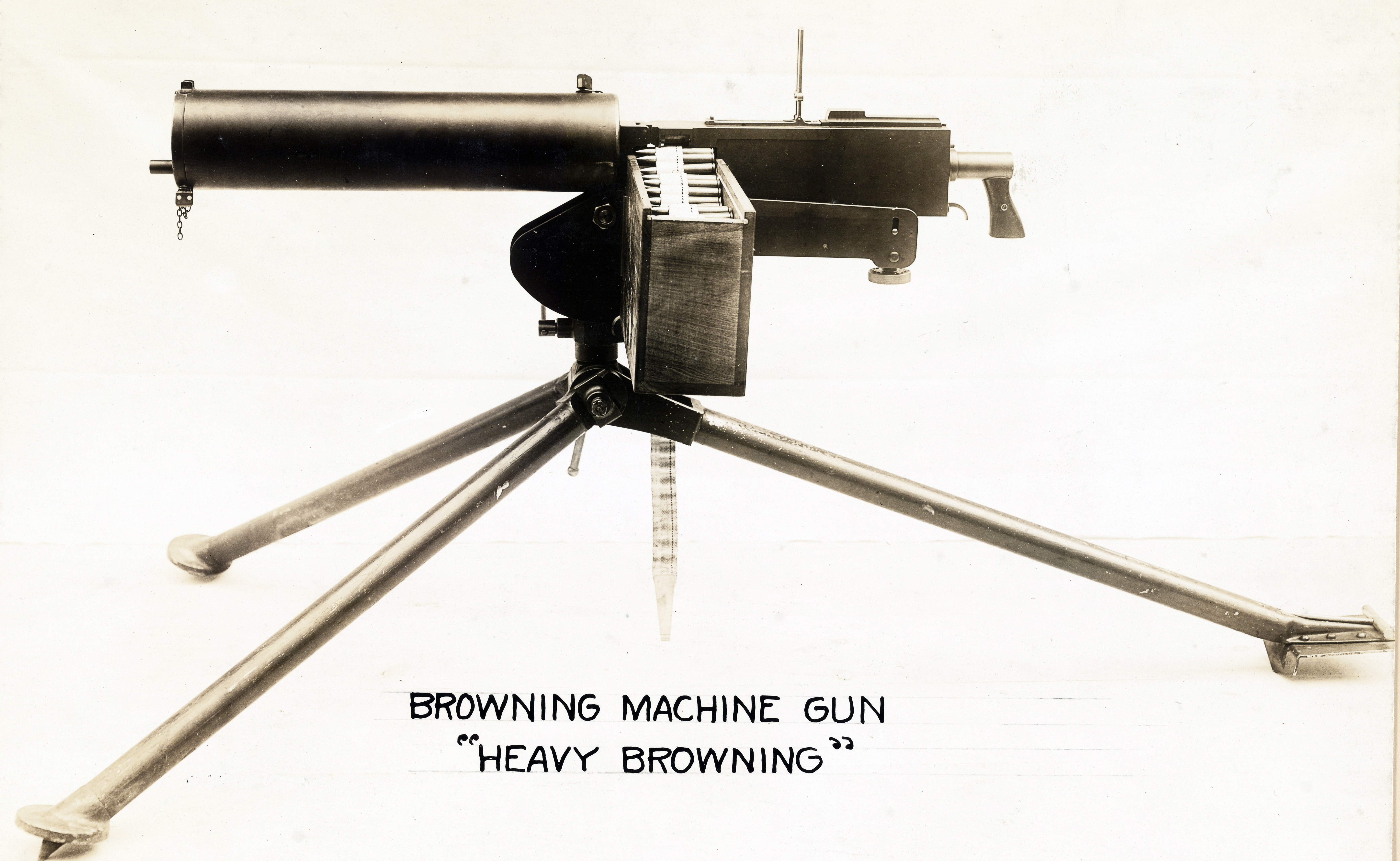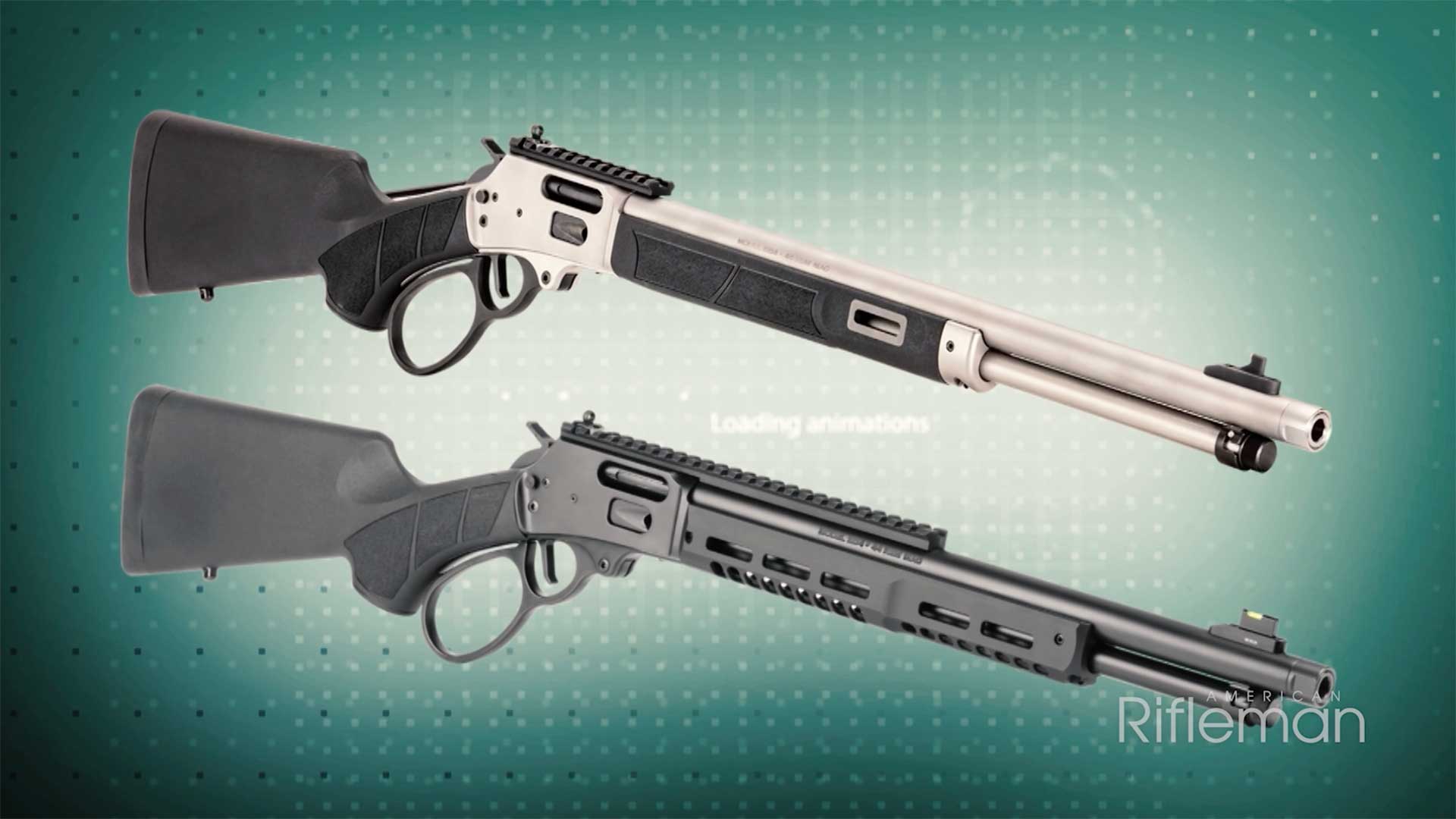
This article, "I Have This Old Gun: Terry Carbine," appeared originally in the July 2015 issue of American Rifleman. To subscribe to the magazine, visit the NRA membership page here and select American Rifleman as your member magazine.
Undoubtedly, the Calisher & Terry is one of the more interesting and enigmatic of the Civil War-era breechloaders. Given the sobriquet “door-bolt gun” because of its unique, early bolt-action mechanism, during its brief life span (which probably extended no longer than 10 years between 1860 and 1870), in both rifle and carbine form, it saw use not only in its native Britain but throughout the world.
The “Terry,” as it is most commonly called, was certainly not the first bolt-action longarm, nor was it necessarily the best—though it was not all that bad. Despite a probable run of no more than 20,000 guns, this unique arm was officially adopted by the British War Department in 1860 and issued to the 18th Royal Hussars.

It was also popular in New Zealand, where it was employed against the Maoris, as well as in South Africa, with the Cape Mounted Rifles, Australia and America, with numbers being sold to both United States and Southern forces in unknown quantities.
Most famously, the Calisher & Terry was the chosen carbine of famed Confederate cavalry general J.E.B. Stuart. A Terry was also found by Union forces in the baggage of Confederate president Jefferson Davis. Like the carbine featured here, both were marked with the name of the retailer, Thomas Blissett of Liverpool.

Designed by William Terry, who patented his invention in 1856, the gun was an interesting capping breechloader, the action of which involved a turning bolt or “plunger.” The action was assisted in sealing escaping gases by way of a swinging gate that had to be pivoted out and up before the bolt could be withdrawn.
At the heart of the system was a proprietary cartridge that consisted of a .539" (and earlier .568") conical bullet wrapped in a nitrated paper envelope which, at its base, had an attached, greased felt wad. The charge was 55 grs. of blackpowder.

After the load had been inserted in the chamber and the bolt closed, the carbine was capped and fired, the wad providing an excellent seal. Firing a subsequent round pushed the first wad ahead of the bullet, cleaning the bore. The cartridge, while ingenious, was not as unique as a similar-style cartridge used in the superior Westley Richards “Monkey Tail” breechloader.
For the most part, Calisher & Terrys were well regarded by those who used them, though there were complaints of gas leakage after the head of the “plunger” became eroded from repeated usage.
Rifles and carbines were manufactured by William Terry and his partner, Bertram Calisher, in Birmingham, England, under the name Breech Loading Armoury Co. (Limited). With the exception of the less than 1,000 carbines built for the British military, whose locks featured a crowned “VR” (“Victoria Regina”) and date, the remainder of the firm’s output was for commercial sale. As such, they will either be marked with caliber (“30 BORE”) and simple Calisher & Terry designations, or might also have the added name of a retailer. Specimens with floral and scroll engraving also exist.

The carbine shown here is a typical civilian arm, retailed by Thomas Blissett and checkered at the wrist and fore-end—an embellishment not seen on all Terrys. Condition is NRA Excellent and because of this (and the piece’s relative scarcity) it is worth $3,750. British military versions, while encountered less frequently than commercial examples, generally bring equivalent values.
GUN: Calisher & Terry Carbine
MANUFACTURER: Breech Loading Armoury Co. (Limited)
RETAILER: Thomas Blissett, Liverpool
CALIBER: 30 bore (.539 caliber)
CONDITION: NRA Excellent (Antique Gun Standards)
MANUFACTURED: c. 1864
VALUE: $3,750



































